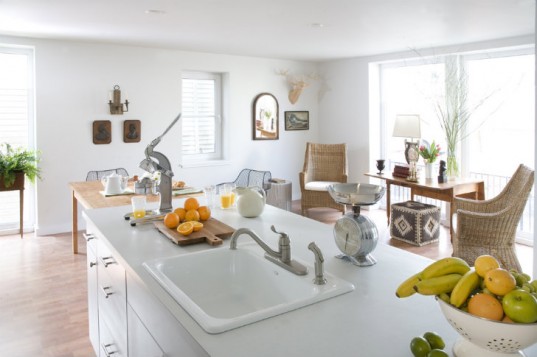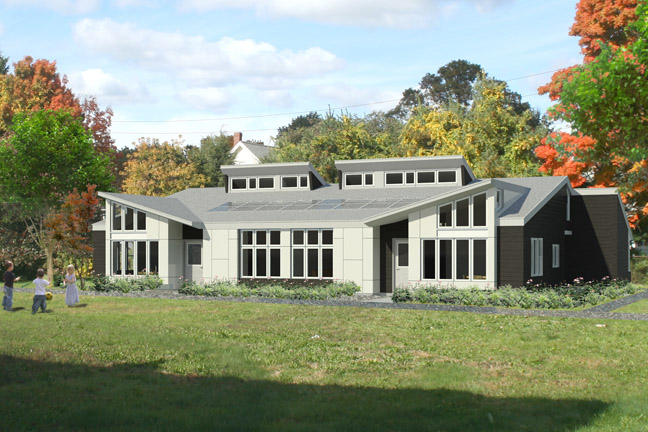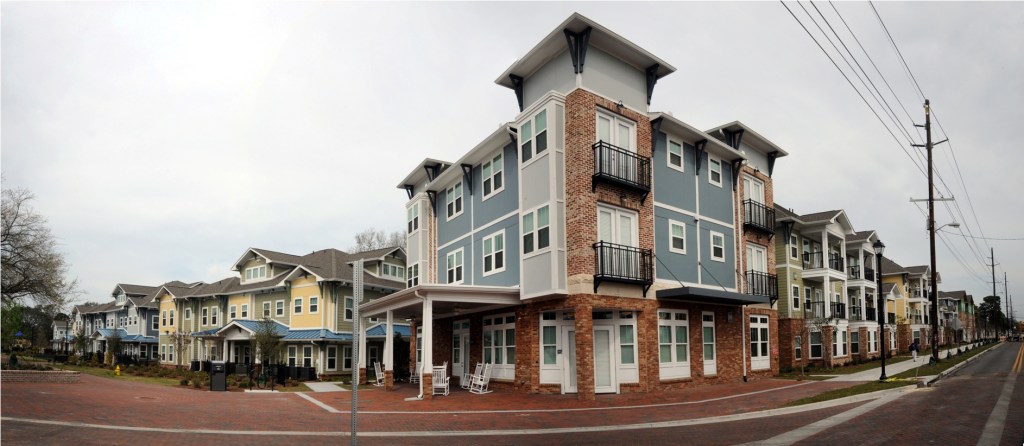Get Ready for the Forum
Join us April 10-11 in Nashville
The Yardi Affordable Housing and PHA Forum will bring together Yardi clients, team members and industry leaders in a group setting for discussion of challenges and technology solutions. If you are not yet signed up to attend, make plans today! The Forum is happening in Nashville on April 10-11. Get additional details and a link […]






